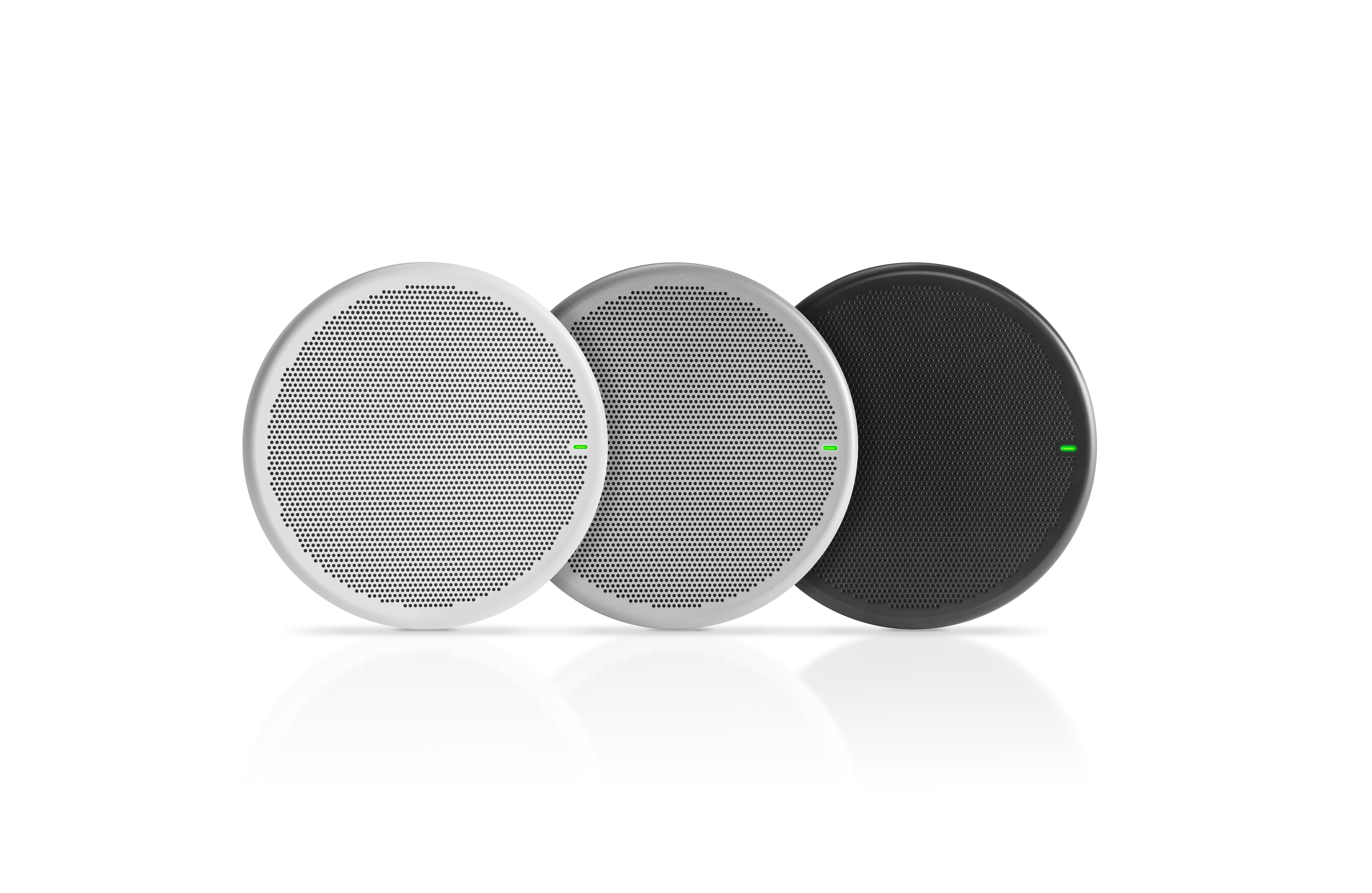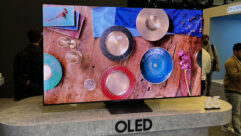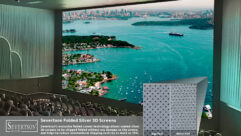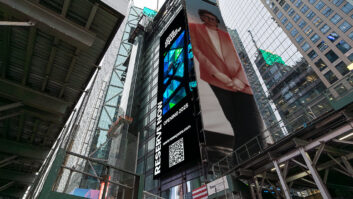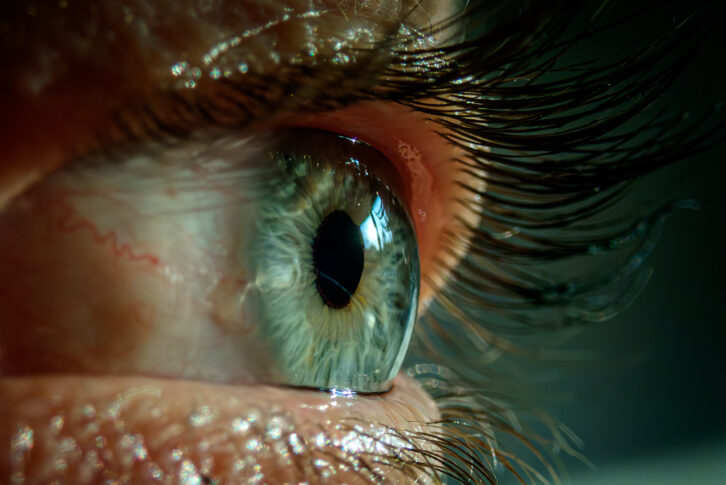
Samsung has made a bold claim that may change the way we think about display brightness. According to Samsung, the difference in contrast ratio between OLED and LCD displays makes us perceive brightness differently. More specifically, Samsung asserts that OLED displays are perceived to be around 1.5 times brighter than an equally bright LCD display. What’s more, Samsung commissioned the testing laboratories at UL Solutions, a global private safety company, to see if this theory had any merit. Here’s what UL Solutions had to say:
“UL Solutions evaluated fifteen of Samsung Display’s OLEDs for laptops, tablets, and automobiles, and seven of its QD-OLEDs for monitors and TVs. UL Solutions verified Samsung Display’s claim that its OLEDs and QD-OLEDs provide an average 1.5 times greater perceived brightness than LCDs of the same PCL score. According to assessments by UL Solutions, Samsung Display’s 300-nit OLEDs have the same perceived brightness as 510-nit LCDs, and its 500-nit QD-OLEDs have the same perceived brightness as 767-nit LCDs.”
Not only does this verify Samsung’s claim that the human eye perceive OLED displays as being brighter than an LCD display of equal brightness, but it lead to Samsung receiving the industry’s first ‘Marketing Claim Verification’ from UL Solutions. As pointed out by FlatPanelsHD, this trick of the eye can be accounted for by the Perceptual Contrast Length metric. Pixels are perceived as being brighter when compared against the true black that OLED displays can emit, whereas LCD displays can usually only emit a deep grey as its darkest color.
See also: Samsung commits to two-stack tandem OLED for auto displays
